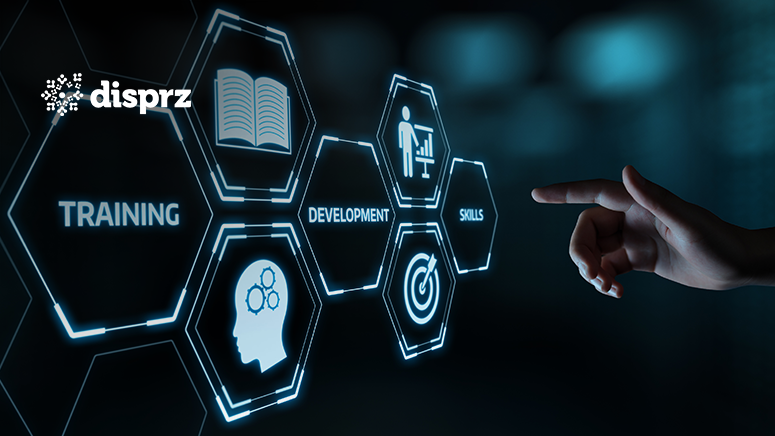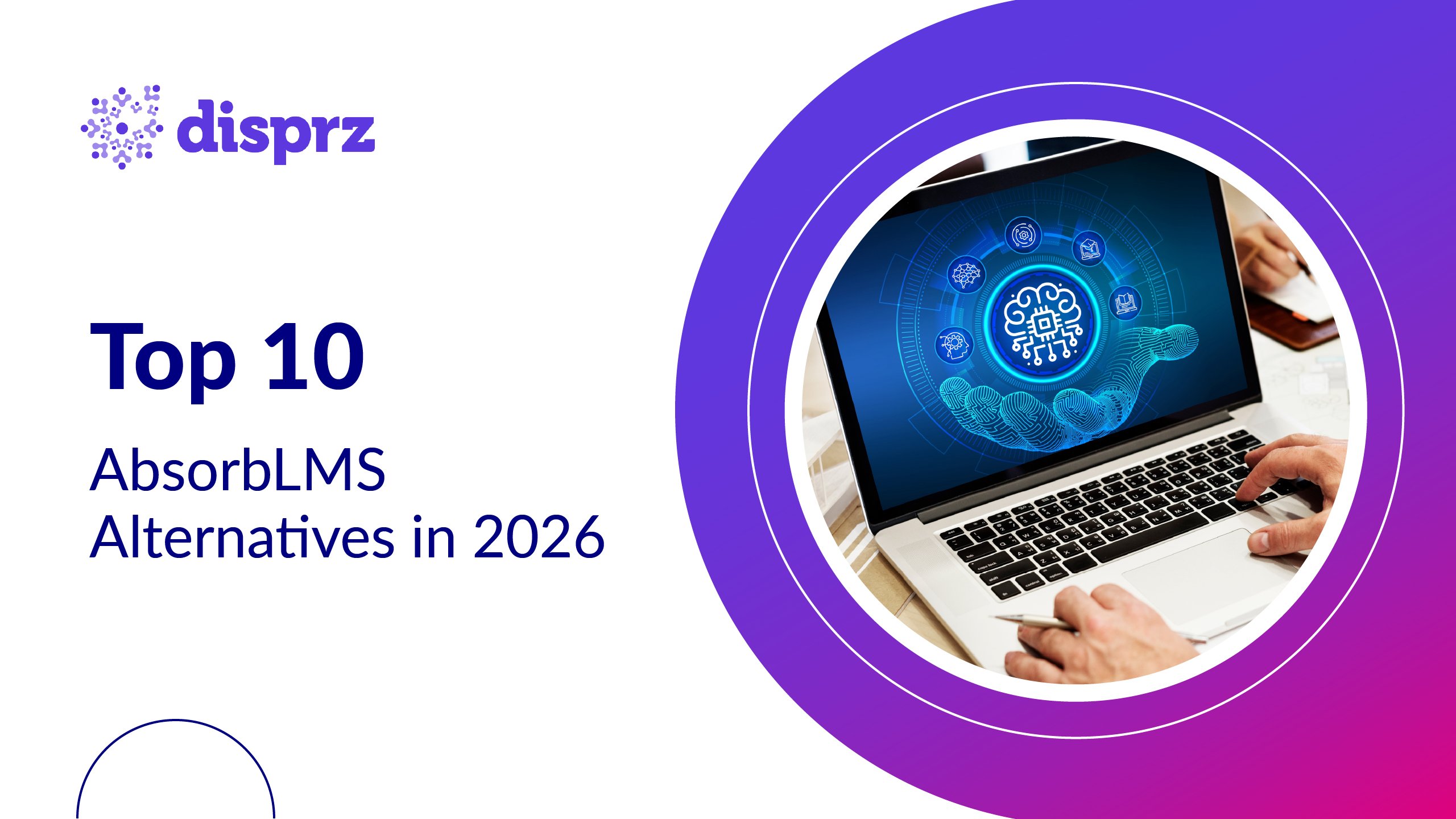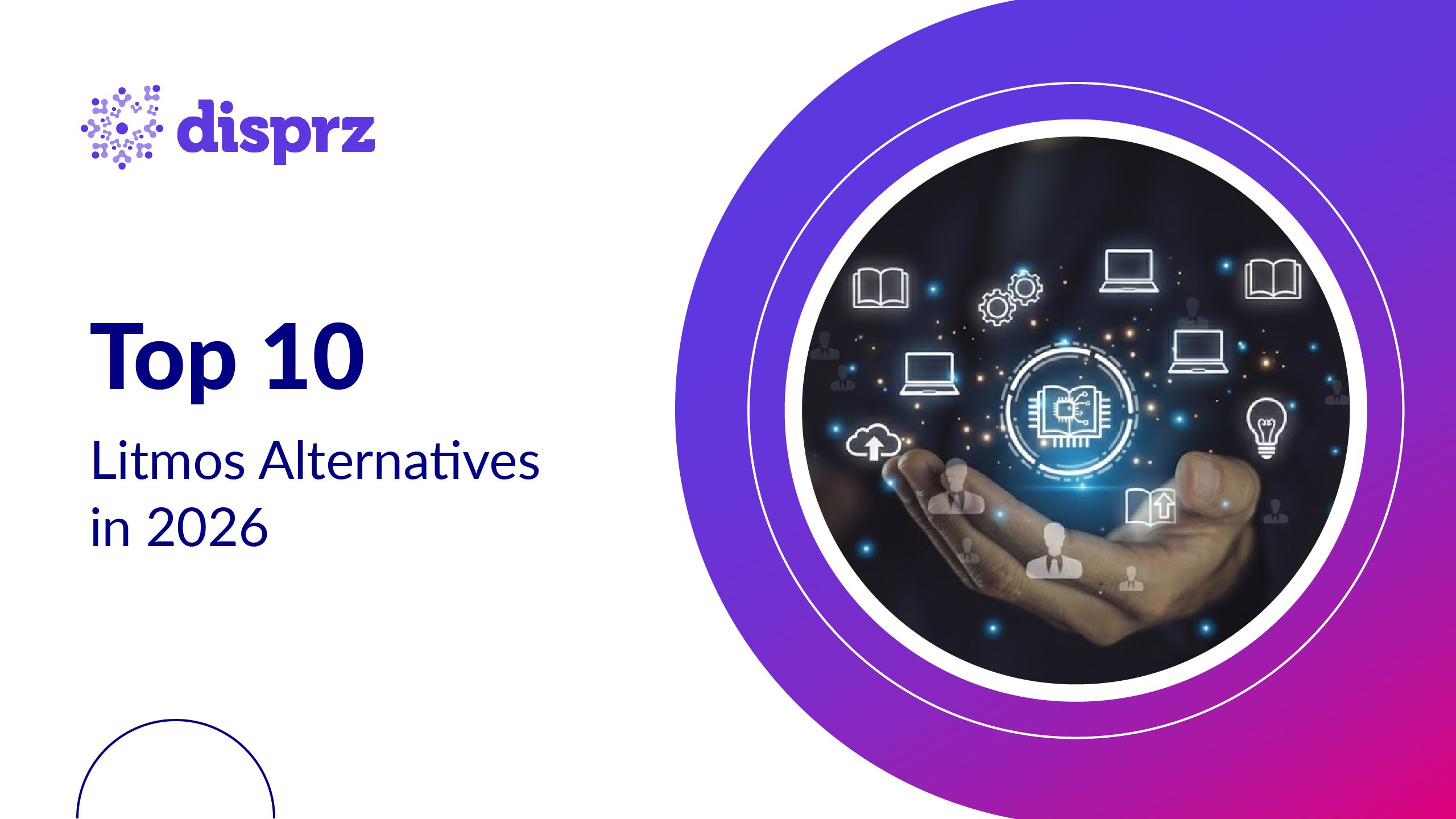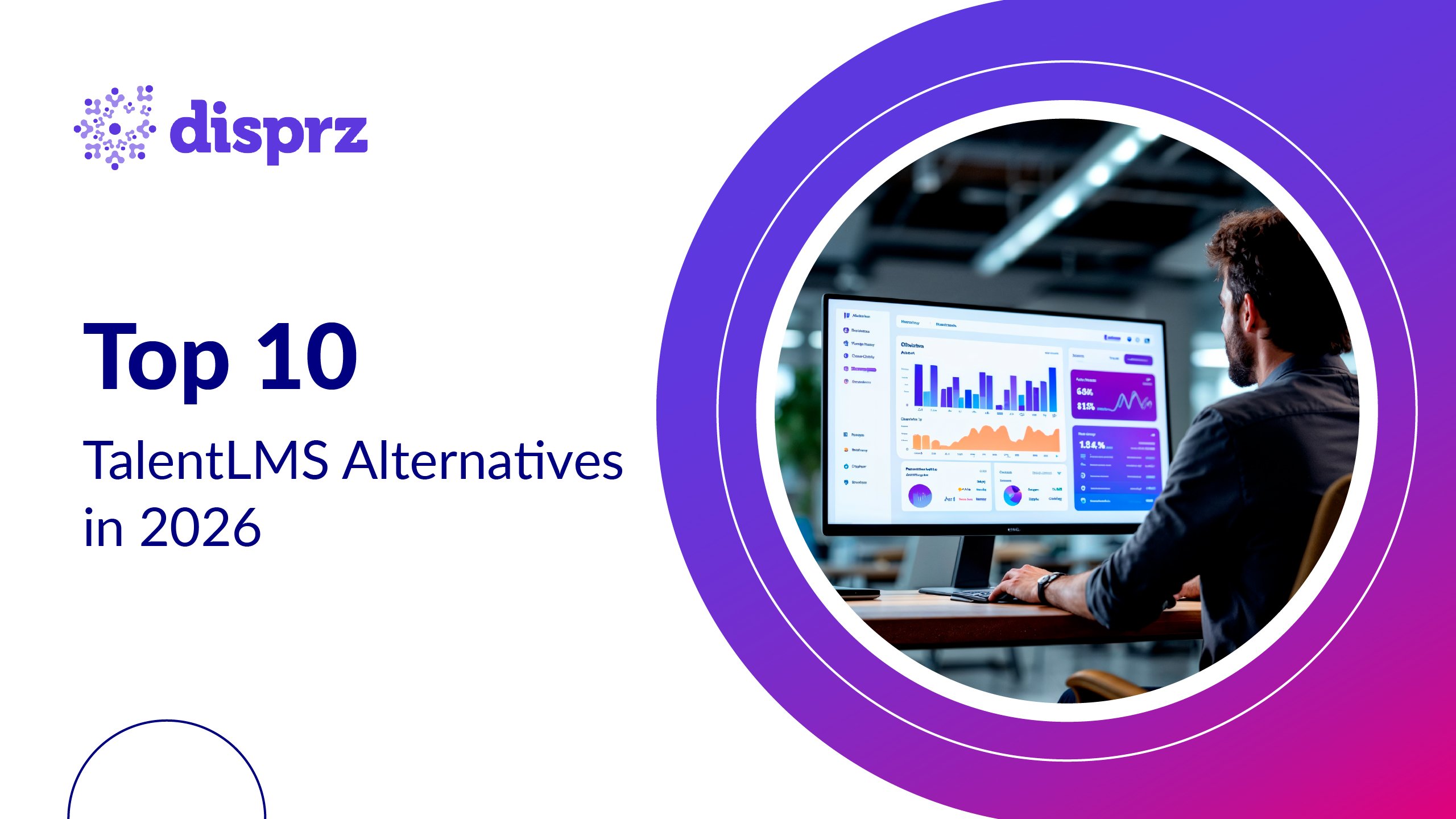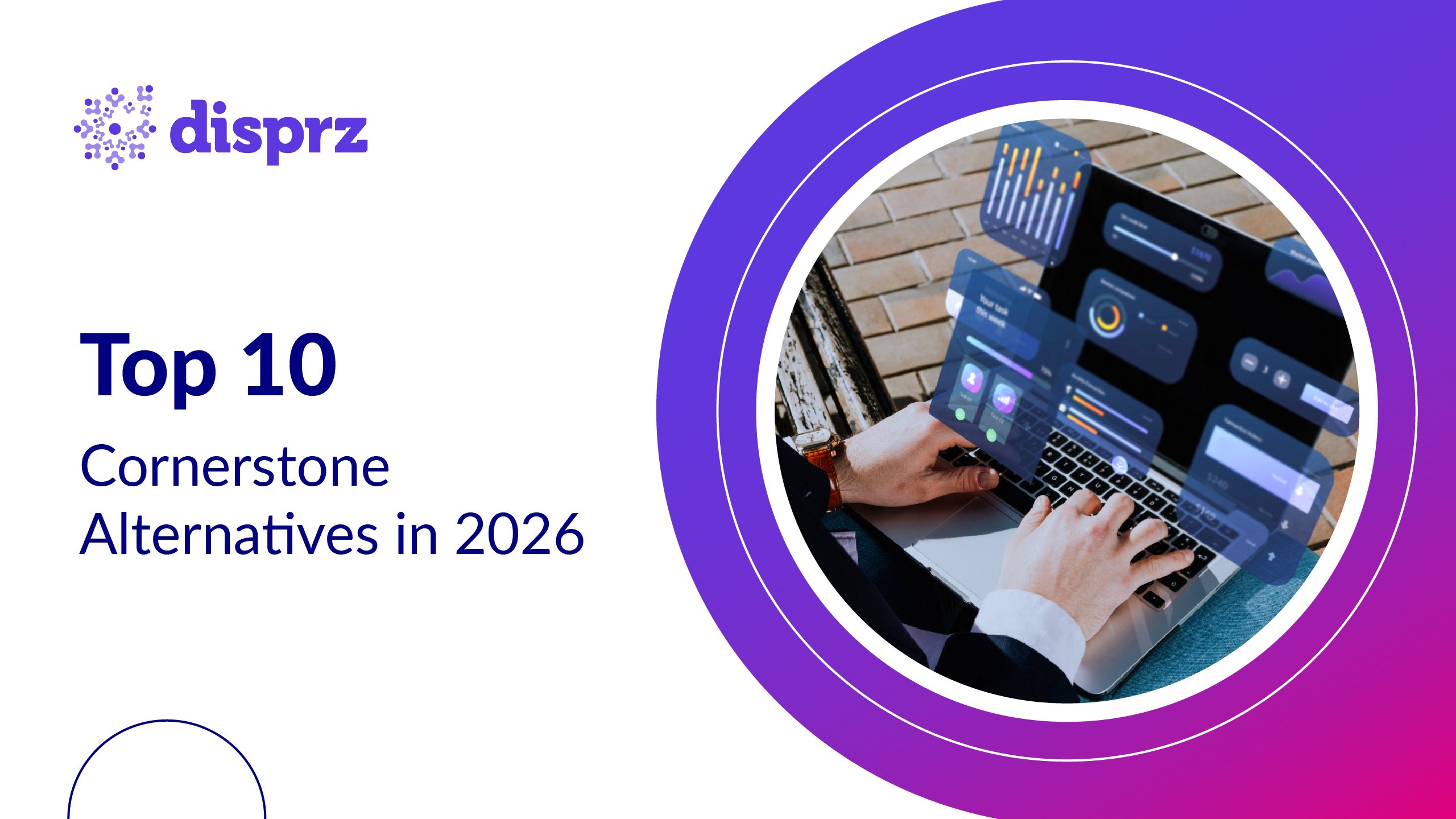Saudi Arabia’s Vision 2030 is one of the most ambitious transformation plans in the world. It promises to diversify the economy, open new industries, and create opportunities at a scale the country has never seen. From NEOM’s futuristic cityscape to record-breaking tourism investments, renewable energy projects, and other landmark Giga-projects, the pace of change is unprecedented.
But these Giga-projects aren’t powered by steel or concrete alone. They depend on people who are skilled, adaptable, and ready to deliver from day one; the backbone of the Saudi Vision 2030 workforce. And that’s where the real challenge begins.
Meeting Vision 2030 targets means building local capability in industries where experience is still developing. It also means shifting the balance of the workforce so more Saudi nationals are in high-skill, private-sector roles. This is the goal of Vision 2030 Saudization, implemented through the Nitaqat program.
Rather than simply hiring to meet quotas, companies are now under pressure to develop talent pipelines that can keep pace with the country’s growth. For leaders, this isn’t a side task for HR — it’s the deciding factor in whether projects launch on time, budgets hold, and long-term competitiveness is secured.
Workforce Capability Is the Real Lever Behind Vision 2030
For decades, the Saudi labour market followed a familiar pattern:
-
A large public sector employing most Saudi nationals.
-
A private sector relying heavily on expatriates for technical and leadership roles.
Vision 2030 is rewriting that model:
-
Increase the private sector’s share of the economy.
-
Boost Saudi nationals in high-skill, private-sector roles.
-
Raise women’s participation from under 20% to over 30% (already above that mark).
-
Build entirely new talent pipelines in industries where the country has little historic experience.
These changes are happening rapidly. Tourism aims to grow annual visitors from 27 million in 2023 to 150 million by 2030. Renewable energy is scaling to supply 50% of electricity. Meanwhile, digital transformation in Saudi Arabia is accelerating investments in AI, cloud, and cybersecurity, driving demand for new technical skills across sectors.
Programs like the HR Development Fund (HRDF) play a critical role by supporting training and upskilling initiatives that align with Vision 2030 goals, helping companies build the local talent needed to sustain growth.
The real work is making sure enough people have the skills these projects need rather than just raising capital.
The Skills Saudi Employers Are Competing For
Across industries, three broad skill domains are in urgent demand:
1) Advanced digital and technical expertise
AI engineering, data analytics, cybersecurity, cloud architecture, and renewable energy systems.
2) Specialised sector knowledge
Hydrogen project management, hospitality operations for cultural tourism, healthcare compliance, and financial regulation.
3) Leadership and adaptability
Critical thinking, cross-cultural collaboration, agile project management, and change leadership.
While some of these skills can be sourced internationally in the short term, Vision 2030’s localisation targets mean they must be developed internally, at scale, and fast.
Moving from Training Hours to Business-Critical Skills
In many organisations, learning still means completing mandatory courses or meeting annual training-hour targets. That box-ticking approach might keep you compliant, but it won’t prepare your workforce for Vision 2030.
The priority now is to focus learning on the skills that make the biggest difference to business performance. That means:
-
Identifying high-impact roles: the positions that directly affect revenue, regulatory standing, or operational continuity.
-
Using evidence, not guesswork: running skills audits, assessments, and reviewing performance data to see exactly where the gaps are.
-
Measuring real outcomes: tracking whether people who complete learning can actually perform to the required level, and whether that improvement shows up in business results.
This is a shift from delivering training to building capability; quickly, precisely, and in line with what the organisation needs to deliver in the next 12–24 months.
It also enables talent mobility by preparing employees to move fluidly across roles where their evolving skills can drive the greatest impact, helping businesses stay agile amid rapid change.
Example:
If a Saudi hospitality group wants its guest service teams to consistently deliver a 4.8+ rating on international booking platforms before the next peak tourism season, the learning approach can’t be a standard “customer service” module for everyone. It needs to be a personalised, role-specific program, such as 60 days of targeted learning that addresses each team member’s gaps in cultural awareness, multilingual communication, and rapid problem-solving. The idea here is that every element needs to be around one goal: improving the ratings that directly drive bookings and revenue.
Why Learning Platforms Are Central to Vision 2030 Workforce Plans
Delivering this kind of targeted skilling to hundreds or thousands of employees is only possible with the right digital infrastructure.
This is where Learning Management Systems (LMS) and Learning Experience Platforms (LXP) come in, each with a distinct role:
An LMS (Learning Management System) is built for structure and accountability. It’s the digital compliance officer of your learning ecosystem. For Vision 2030, an LMS ensures:
-
Automated Saudization compliance: Seamless tracking of employment and training quotas.
-
Bilingual delivery: Arabic for cultural accessibility, English for global readiness.
-
System integration: Syncing with HR, payroll, and performance tools for a single source of truth on talent.
-
Regulatory reporting: Audit-ready records for ministries and oversight bodies.
Check how an LMS helps achieve Vision 2030 goals
An LXP (Learning Experience Platform) is the growth engine. It focuses on engagement, relevance, and skills that matter most to business performance:
AI-powered curation: Recommends the most relevant learning for each employee, so time spent learning directly supports business priorities.
Role-to-skill mapping: Shows exactly which skills each role needs and where gaps exist, enabling targeted, high-impact training.
Dynamic career pathways: Give employees clear, personalised routes to advance internally, reducing hiring costs and retaining top talent.
Outcome-driven skills analytics: Tracks how skill growth is closing talent gaps and contributing to measurable business results.
Explore how an LXP helps achieve Vision 2030 goals
Organisations that combine both get the best of governance and agility. The LMS enforces consistency, the LXP fuels personalisation. Together, they turn learning from an administrative task into a strategic enabler of Vision 2030’s economic ambitions.
How AI Accelerates Workforce Readiness
Even with the right platform mix, transformation at Vision 2030 speed requires intelligence, and that’s where AI makes the leap from helpful to essential.
3 high-impact applications for AI in workforce learning:
1) Personalisation at scale
-
Real-time recommendations based on employee profile, skill level, and career trajectory.
-
For example, a logistics coordinator shifting to a supply chain automation role can receive curated modules on robotics, IoT integration, and predictive analytics.
2) Predictive skills planning
-
AI models forecast skill shortages months in advance.
-
A telecom provider could anticipate a need for cybersecurity specialists before a major infrastructure upgrade and start targeted recruitment or training early.
3) Adaptive learning journeys
-
Course sequencing changes automatically as a learner progresses.
-
This shortens onboarding and reskilling timelines; a hospitality company could fully train a guest services team before high tourism season, avoiding operational slowdowns.
Building a Learning Culture That Lasts
Technology can deliver content. Only culture can ensure it’s applied. A sustainable learning culture in Saudi Arabia must balance respect for tradition with an appetite for continuous improvement.

Core elements that make it work:
-
Visible leadership participation: Senior executives and department heads take part in programs, signalling that learning is a strategic priority, not a side task.
-
Manager-as-coach mindset: Leaders hold regular development conversations, linking daily work to skill growth.
-
Skills-to-reward linkage: Employees see a direct connection between learning outcomes and promotions, pay increases, or new opportunities.
-
Celebrating learning wins: Achievements are acknowledged alongside operational key performance indicators, reinforcing the idea that development is part of business success.
When these behaviours are embedded, learning stops being an isolated HR initiative. It becomes part of the organisation’s identity; which is when metrics start to truly matter.
The Metrics That Matter
A strong learning culture creates the conditions for impact, but you still need proof that skills are driving performance. Vision 2030 is outcome-driven, so measuring “hours completed” or “courses taken” isn’t enough; those are activity metrics, not business metrics.
Therefore, to build a skill-first economy, organizations need to go beyond these metrics.
3 tiers of measurement for a skills-first economy:
1) Adoption
-
Are employees logging in regularly?
-
Are managers assigning learning proactively?
-
Are completion rates sustained beyond initial program launches?
2) Capability
-
Are skills aligned with role requirements?
-
Are assessments showing measurable improvement?
-
Are skill gaps closing over time?
3) Impact
-
Is onboarding time reduced?
-
Are error rates decreasing?
-
Is employee retention improving in critical roles?
Below is a sample dashboard to demonstrate how to actually measure these aspects.
Sample Skills-First Measurement Dashboard
|
Tier |
Metric |
Data Source |
Frequency |
Target / Benchmark |
|
Adoption |
Employee login rate (%) |
LMS/LXP usage analytics |
Monthly |
>85% active users |
|
Manager-assigned learning sessions |
LMS/LXP manager dashboard |
Monthly |
≥3 assignments per manager |
|
|
Course completion rate (%) |
LMS/LXP reports |
Quarterly |
>80% sustained post-launch |
|
|
Capability |
Role-to-skill alignment score (%) |
Skills assessment tool / LXP skill map |
Quarterly |
>90% alignment |
|
Skills improvement delta (%) |
Pre- and post-learning assessments |
Per program |
≥20% improvement |
|
|
Open skill gaps (# / %) |
Skills inventory/workforce planning system |
Quarterly |
Gap closure trend is positive |
|
|
Impact |
Average onboarding time (weeks) |
HRIS / onboarding tracker |
Quarterly |
-25% vs. baseline |
|
Operational error rate (%) |
Quality/operations system |
Monthly |
-15% vs. baseline |
|
|
Retention in critical roles (%) |
HRIS / workforce analytics |
Annually |
+10% vs. baseline |
|
|
ROI from skills programs ($) |
Finance + HR analytics |
Annually |
Positive net gain |
How this works in practice:
Tier 1: Adoption tells you if people are engaging at all.
Tier 2: Capability tells you if the right skills are actually being built.
Tier 3: Impact tells you if it’s translating into measurable business results.
This sample dashboard can be customized to organization-specific goals and targets.
A 12-Month Roadmap for Leaders
Once you know what to measure, the next step is to build momentum fast — without overwhelming the organisation. A phased approach ensures quick wins, data-backed decisions, and a model you can scale.
Months 0–2: Establish Your Baseline
-
Audit skills for 3–5 high-priority roles tied directly to Vision 2030 outcomes.
-
Integrate your LMS with HRIS, payroll, and performance systems to create a single talent record.
-
Set clear adoption, capability, and impact metrics before launch.
Months 3–6: Run a Focused Pilot
-
Roll out targeted learning for two priority roles with the biggest business impact.
-
Track adoption (logins, manager assignments), capability gains (assessment scores), and one operational KPI (e.g., faster onboarding, higher customer satisfaction).
-
Share early results with leadership to secure buy-in for scale-up.
Months 7–12: Scale and Optimise
-
Extend learning journeys to other critical roles identified in your skills audit.
-
Activate AI-driven recommendations to personalise learning at scale.
-
Publish quarterly reports linking skills progress to business outcomes — and use them to refine strategy.
By the end of 1st year, you’ll have measurable business impact, proof of ROI, and a repeatable model to expand across the organisation, ensuring learning is firmly positioned as a driver of Vision 2030 success.
Conclusion
Vision 2030 is transforming how Saudi Arabia builds its workforce, shifting from traditional training to targeted, outcome-driven skill development. Success now depends on having people ready to perform and adapt as the nation grows. By focusing on strategic roles, using smart learning platforms, and fostering a culture of continuous growth, companies turn talent challenges into competitive advantages.
Aligning learning with business goals—backed by data, AI, and clear metrics—unlocks the full potential of Saudization and Vision 2030. Partnering with Disprz helps organizations personalize skill-building, measure impact, and accelerate workforce readiness, making Vision 2030’s skilled Saudi workforce a reality.
FAQs
1) Why is upskilling important for Vision 2030?
Vision 2030’s success depends on having the right skills in the right roles, fast. Upskilling equips the workforce to handle new technologies, industries, and challenges. Without it, talent gaps slow growth and put projects at risk. It’s about closing those gaps proactively to keep the nation’s transformation on track.
2) How does an LMS support compliance and Saudization goals?
An LMS automates Saudization compliance by tracking hiring and training quotas in real time. It reduces manual effort, ensures accuracy, and supports bilingual content delivery. Integration with HR and payroll systems means data flows smoothly, making it easier to report to regulators and stay audit-ready.
3) What are the top challenges in building a learning culture in Saudi Arabia?
The challenge is shifting learning from a one-off task to an everyday habit. Leaders must model and reinforce skill development, while employees need clear incentives and visible career impact. Cross-team collaboration and breaking down silos are critical to embedding learning into business workflows; otherwise, momentum stalls.



